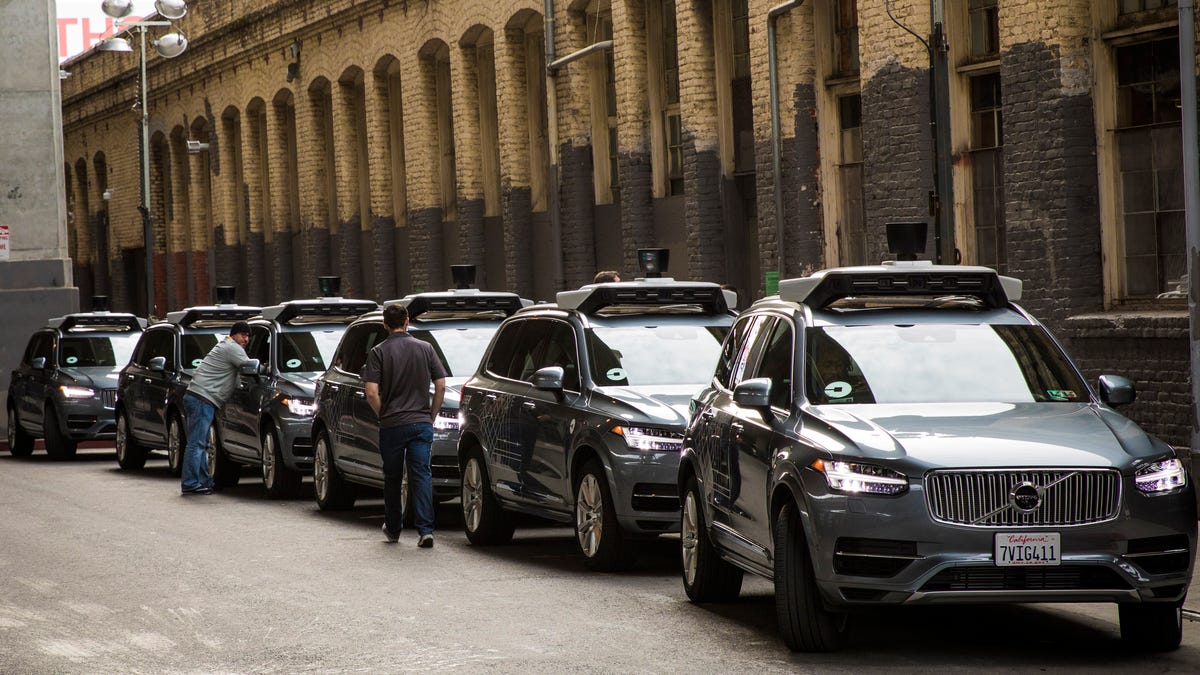Uber's self-driving program could start again by August, report states
Don't expect it to return to Arizona, though.

Uber CEO Dara Khosrowshahi said in May that his company's self-driving-vehicle development would start up again "within the next few months," and it appears we finally have a more concrete idea of when that'll happen.
Uber hopes to resume its autonomous-vehicle operations by August, The Information reports, citing a source familiar with the decision. It's believed that the program will focus on Pennsylvania, but it might return to California, too.
Changing the tide of public opinion is difficult, but Uber thinks it can make that happen.
The actual act of restarting its self-driving efforts is the easy part. It already has a fleet of Volvo XC90s loaded with the hardware and software that enables autonomy. The hard part will be getting the public back on board after the fatal crash in Arizona that resulted in the death of a pedestrian and caused Uber's AV shutdown in the first place.
According to The Information, Uber has some ideas how to do that. The company already announced that it will make more than a dozen changes to how it approaches AV safety, based on recommendations from an internal review of the company's practices.
One specific point apparently involves developing a better autobrake failsafe. The federal government's preliminary report of the fatal Arizona collision noted that both Volvo's and Uber's autobrake systems were disabled to reduce potential erratic behavior, and even though that meant the onus was on the operator to apply the brakes, the system was not designed to alert the operator. The Tempe police discovered that the operator was allegedly streaming The Voice to her phone just before the crash, which didn't help matters.
Other points of improvement include software tweaks adding a second safety operator as a failsafe, as well as learning more heavily on simulation-based testing. "For the past few months, we've been working closely with the NTSB and conducting an internal safety review of our self-driving program," an Uber spokesperson said in an emailed statement. "We've also brought on former NTSB Chair Christopher Hart to advise us on our overall safety culture, and we look forward to sharing more on the changes we'll make in the coming weeks."
Uber has largely cut its own path in the AV space, but that doesn't mean the company is tied to going it alone permanently. The Information's story states that Uber is in talks with GM's Cruise Automation on areas where the two companies could work together, including allowing Cruise's AVs to offer rides via Uber's ride-hailing network. These talks evidently started about a year ago, but a lot has changed since then, and GM takes its driver safety very seriously, as evidenced by its latest disclosure about how its drivers are trained.

